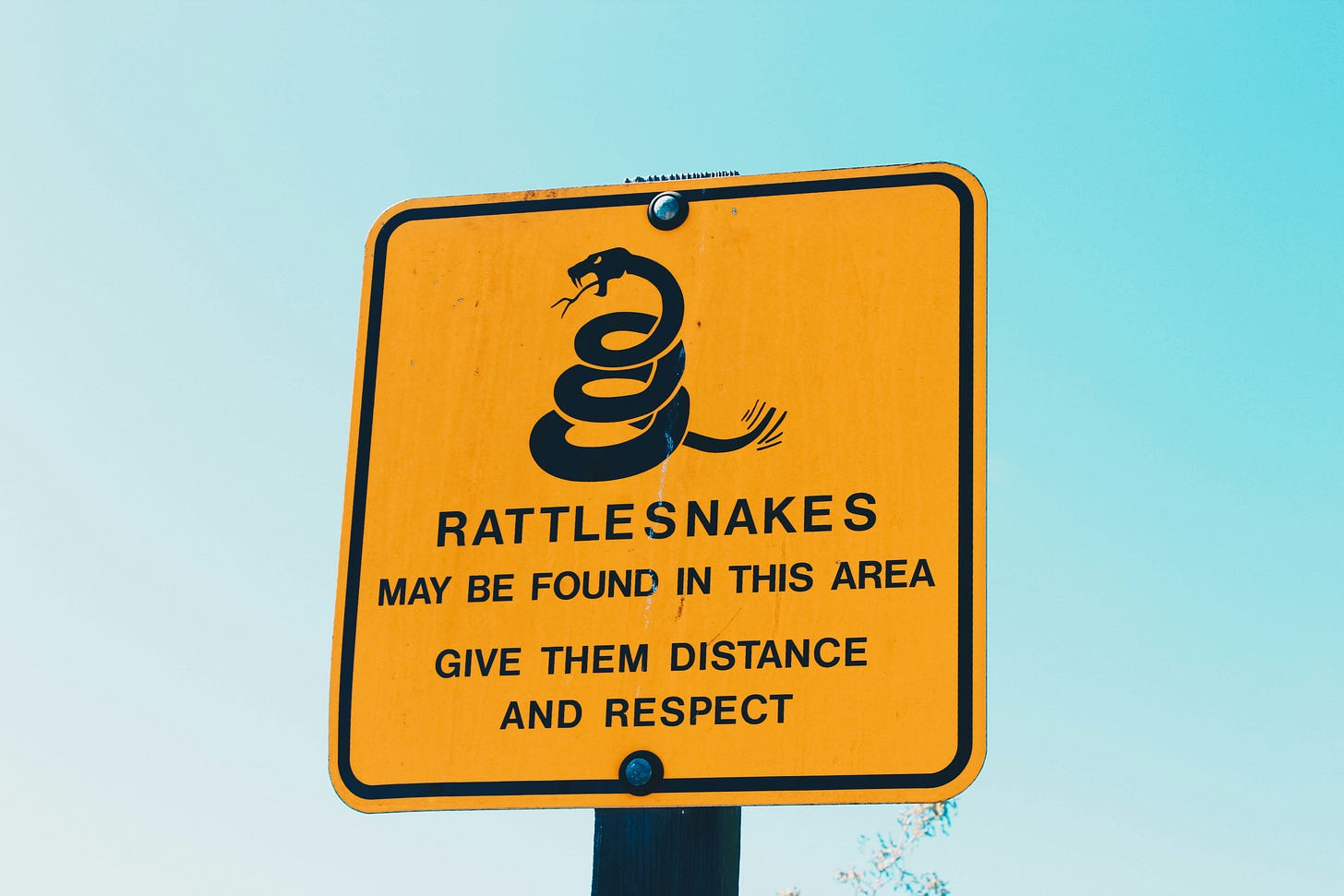Planning Ahead: Premortems > Postmortems
How to catch problems before they catch you using premortems
Hey, it’s Irina! 👋 Welcome to another edition of The Caring Techie Newsletter. Today you’ll learn about pre-mortems and how they can be very useful tools in ensuring projects’ success. Enjoy!
I’m thrilled to announce that I’ve been invited to be the keynote speaker of this year’s LeadDev Berlin conference for tech leads and engineering managers!! My talk: “𝗟𝗲𝗮𝗱𝗶𝗻𝗴 𝘁𝗵𝗿𝗼𝘂𝗴𝗵 𝘀𝗰𝗮𝗿𝗰𝗶𝘁𝘆: 𝗕𝘂𝗶𝗹𝗱𝗶𝗻𝗴 𝗰𝗮𝗽𝗮𝗰𝗶𝘁𝘆 𝗶𝗻 𝘁𝗵𝗲 𝘁𝗲𝗮𝗺 𝘆𝗼𝘂 𝗵𝗮𝘃𝗲”. I’ll discuss how leaders need to rethink their role in the era of “building less with more”.
So, if you’re in Berlin between 4-5 of November, and want to learn from me and other exceptional technical leaders, join us at LeadDev. Also, as a 2024 conference speaker, I have a 14% off code to share with you: 𝗜𝗥𝗜𝗡𝗔𝟭𝟱.
In last week’s article, we talked about how disappointing it can be to invest time and energy into projects that fail. More than being a blow to morale, it can also hurt your career growth and be extremely costly for the organization.
If you missed the article, you can read it here:
In complex projects, failure often feels like it sneaks up on us—but in reality, many of the warning signs are there from the beginning. The challenge is recognizing them early enough to act. This is where shifting from reactive learning to proactive planning can make all the difference.
Many of us have heard about postmortems, which are part of incident management. They happen after something goes wrong, to identify issues and learn from them. I wrote about postmortems in more detail here:
But what if you could do a similar exercise—before things go wrong? This is where premortems come in. This flips the usual approach on its head. Instead of just planning for success, you brainstorm all the ways things could go wrong. It's like preparing for a rainy day.
Today you’ll learn:
How premortems help
Why I think premortems are fun
How to run a premortem meeting






